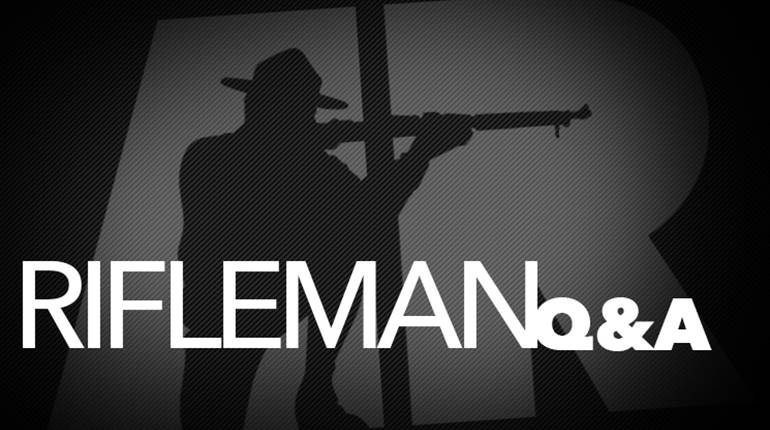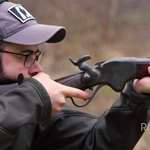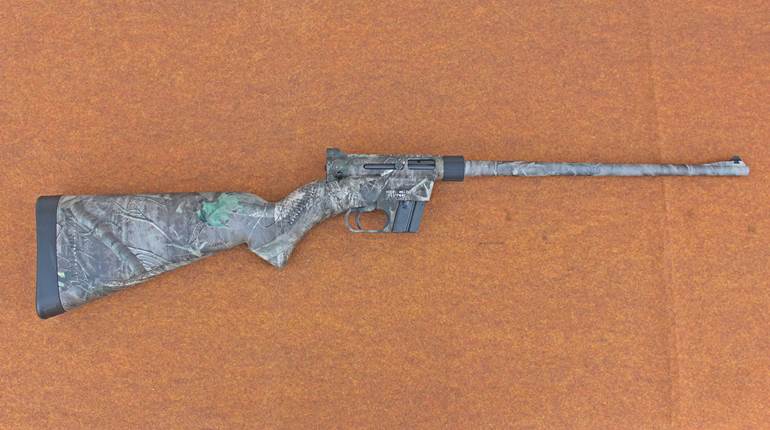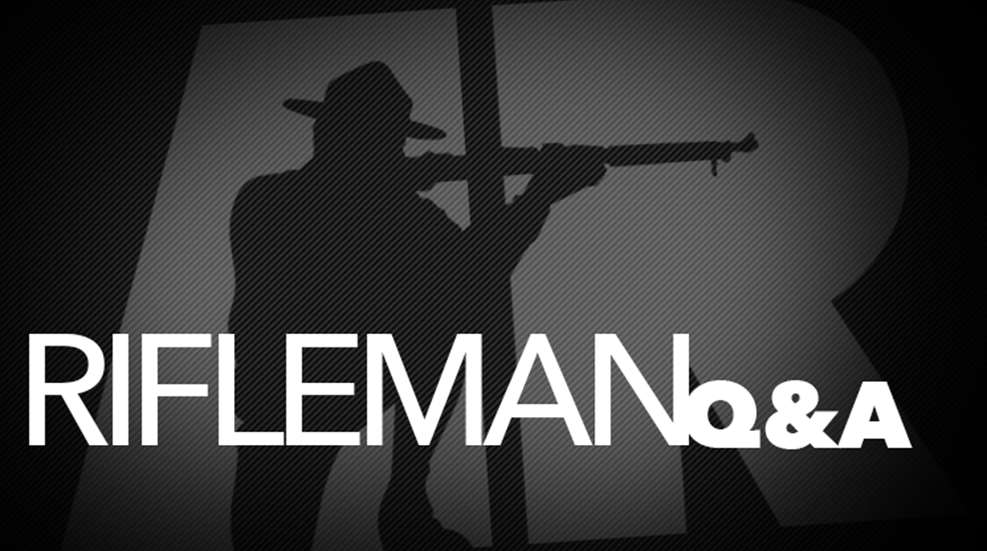
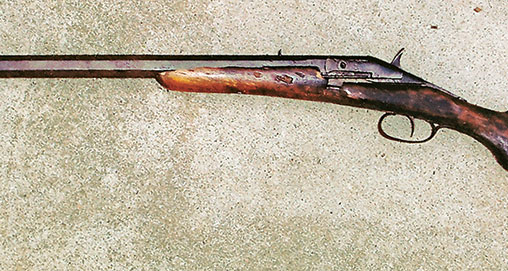
Q. I need your assistance in identifying a rifle. The caliber is .32 or 7.65 mm. The heavy octagonal barrel is 24" long and measures 13/16" across the flats. There is no identification of manufacturer or model on the rifle. There are proofmarks on the bottom of the barrel, but I can’t read them because of the surface rust. When the receiver is opened, camming action moves the extractor aft.
A. You have a typical, virtually unmarked Warnant Flobert .32 rimfire single-shot. Most were Belgian, but German and French guns are known to have been produced. Some Flobert barrels were rifled, but others were smoothbore. Some Flobert rifles were chambered for an obsolete European 4.5- or 5 mm rimfire or .22 BB- or CB-Cap calibers. Do not fire modern .22 cartridges in Floberts-even if they will chamber! The “E/LG/*” within an oval indicates the final proof in Liege, Belgium, after 1856 and before July 9, 1893, when a crown was added on top of the oval. The three main Flobert variants are described and illustrated in Single Shot Rifles And Actions by Frank De Haas.
The first Flobert action had only the massive hammer and its strong mainspring to close the action. There was no locking mechanism except for the chamber friction of the soft copper cartridge case. The extractor was only a little lip on the lower face of the one-piece breechblock/hammer. The second type had a manual side-lever extractor, and yours, the third or Warnant type, had a hinged U-shaped breech piece with a separate firing pin that flipped over to hold the action closed and moved the extractor as it opened.
Many Floberts were made of very soft steel and designed to sell at the lowest possible price. In 1920, when a box of 100 blackpowder .22 shorts cost 21 cents, the price of a new Flobert rifle was about $2.50. Literally tons of them were imported into the United States between about 1885 and 1910 as single-shot pistols, rifles and small-bore shotguns.
Flobert guns were chambered for the .22 BB Cap, .22 CB Cap, .22 Short or .32 Short, as well as 4.5 mm, 5 mm or 9 mm Short shot-and-ball rimfires. This highly corrosive ammo quickly rusted the rifling. Even Flobert guns in good condition are not safe to shoot with modern BB- or CB-Cap ammunition, so they are best kept strictly as wall hangers.
-Angus Laidlaw
Originally published April 2006












